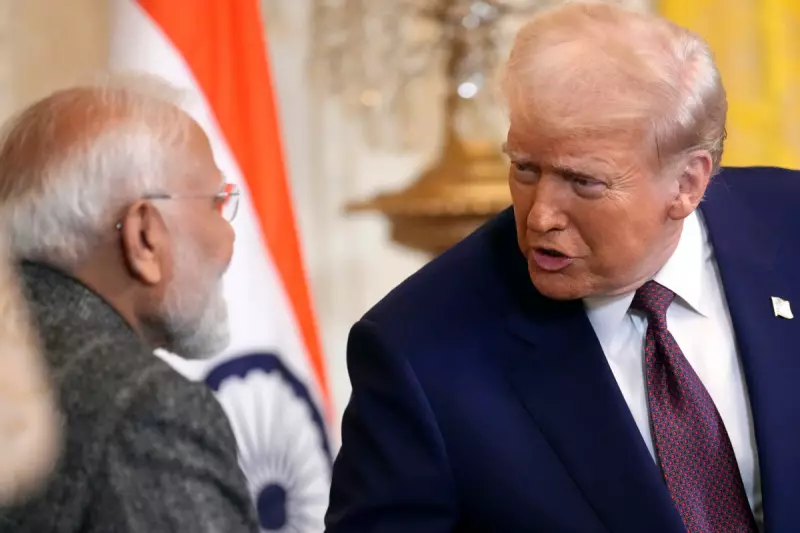
Former US President Donald Trump has reignited trade tensions by threatening to impose significantly higher tariffs on Indian goods if he returns to the White House. The controversial proposal comes amid growing economic nationalism and could dramatically alter US-India trade relations.
The Tariff Threat
In recent statements, Trump claimed India and other nations have been 'taking advantage' of the United States through unfair trade practices. 'They've been getting away with murder,' Trump declared, suggesting tariffs on Indian imports could rise to 60% or more under his administration.
Global Trade Implications
The proposed measures would mark a significant escalation in Trump's protectionist policies, potentially triggering retaliatory actions from New Delhi. Analysts warn this could disrupt global supply chains already strained by ongoing geopolitical tensions.
India's Potential Response
Indian officials have expressed concern but stopped short of immediate counter-threats. The South Asian nation has traditionally balanced relations between Washington and Moscow, a delicate position that may become increasingly difficult to maintain.
Economic experts suggest India might:
- Seek alternative export markets
- Implement reciprocal tariffs on US goods
- Accelerate trade agreements with other partners
The Putin Factor
The tariff announcement comes alongside Trump's controversial comments about Russian President Vladimir Putin, further complicating the geopolitical landscape. Some observers see the moves as part of a broader strategy to reshape international trade alliances.
Market analysts are closely watching how these developments might affect:
- Bilateral trade volumes
- Currency fluctuations
- Foreign direct investment patterns
As the 2024 US election approaches, trade policy looks set to become a central battleground, with potentially far-reaching consequences for global economic stability.





